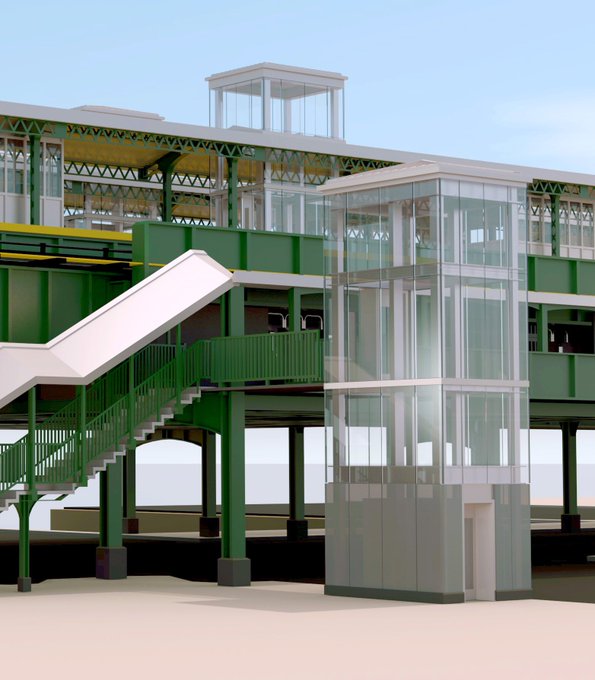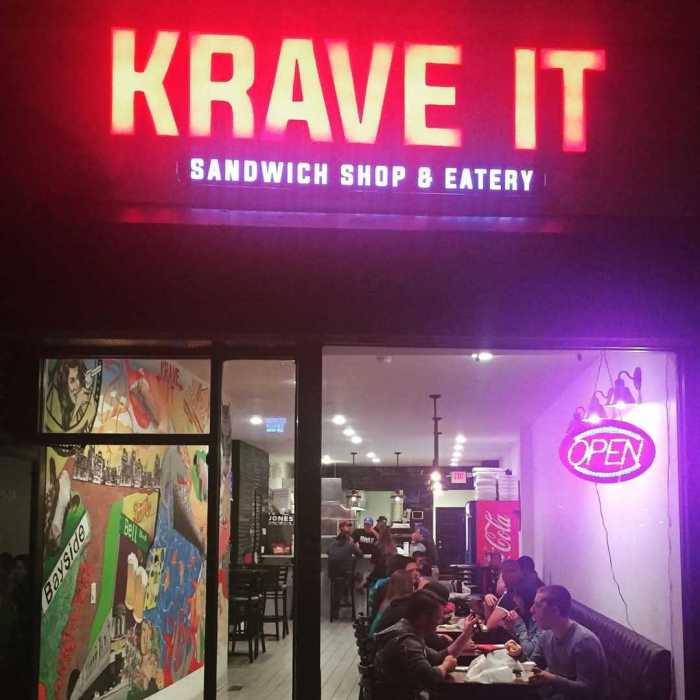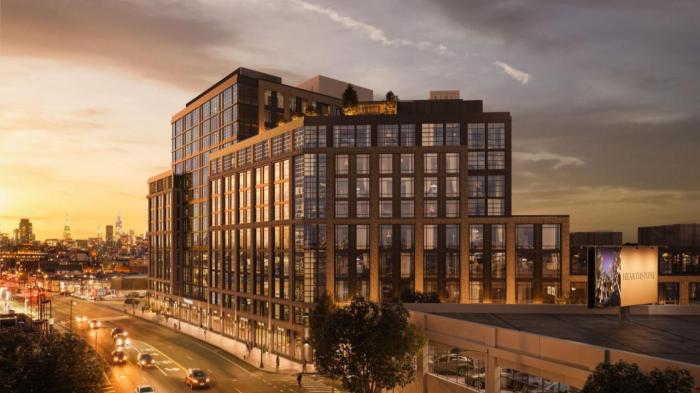The MTA reopened the Astoria Boulevard subway station following a nine-month closure and marking the on-time completion of the first phase of critical work that will eventually include four new elevators and other accessibility features.
During the closure, work crews safely demolished and rebuilt the station’s mezzanine with more clearance to prevent strikes by trucks traveling beneath the station structure. The station will remain open to the public as work on the broader accessibility components continue with a full completion of the station expected in the fall of next year.
“Our customers were absolutely thrilled to return to the station last night and I’m thrilled for them,” New York City Transit President Andy Byford said. “”I’m proud of the team that delivered this complicated phase of the project safely, on time and on budget, and excited for when we finish the job with complete accessibility at the station.”
When the entire project at the Astoria Boulevard station, which began in September of 2018, it will have two street-to-mezzanine elevators and two mezzanine-to-platform elevators. Additional accessibility features, rebuilt elevated walkways, new benches, finished platform stair enclosures, new digital service information signage, and a pair of new street-to-mezzanine staircases are also set to be incorporated by the time the project is completed.
Stations along the N/W subway line have not had such renovations since they opened more than 100 years ago in 1917. So far, NYC Transit has completed much-needed repairs and renovations at the 30 Avenue, 36 Avenue, 39 Av-Dutch Kills, Broadway and Ditmars Boulevard stations. Crews replaced thousands of feet of track and 10 switches along the line to address deteriorating track components and reduce train noise.
Age and increasingly extreme weather have taken their toll at each of the stations along the elevated line to the point where deteriorated steel and concrete had to be replaced.
“Our commitment to upgrading the infrastructure throughout this area of Queens is a huge win for local residents and will vastly improve the customer experience,” Byford said.
Since the Astoria Boulevard station was closed in March, workers also strengthened column foundations, built four new mezzanine-to-platform staircases, rehabilitated platforms, installed new LED lighting and canopy roofs. Artists also completed work on new glass at both the mezzanine and the platform level stair enclosures.
City Councilman Costa Constantinides has long called on the MTA to install elevators at every station along the Astoria line, and the agency announced plans to build them at some stations in the coming years, after losing a lawsuit charging the MTA was not ADA-compliant.
“Last night, trains officially began to stop at Astoria Boulevard again. This has been a long few months for a lot of us who use this station, but I’m glad to see the authority kept its word on finishing this December,” Constantinides said. “Our community will continue to hold them accountable, however, to ensure the elevators are installed on time. Astoria has been an accessibility desert for faro too long, and we won’t stop fighting until every station in western Queens can be used by everyone.”
State Senator Michael Gianaris, a frequent critic of the MTA, said, “I am pleased the Astoria Boulevard station has finally re-opened. It provides an important service to thousands of western Queens commuters each day. I look forward to the long awaited elevators being completed in the coming months.”
Meanwhile, Gianaris said he “celebrated” the MTA’s announcement Thursday that they plan on adding elevators to three stations in western Queens, at the 33rd Street-Rawson Avenue and the 46th Street stations on the 7 line in Sunnyside and the Court Square/23rd Street station on the E/M line in Long Island City as part of the next capital plan.
“After years of pushing for accessibility improvements, the MTA listened to western Queens residents, activists, and elected leaders advocating for better subway access,” Gianaris said. “These improvements will go a long way to making our subway accessible to all. While there is still a long way to go in making the entire subway system 100% accessible, these elevators represent a critical step forward.”




































